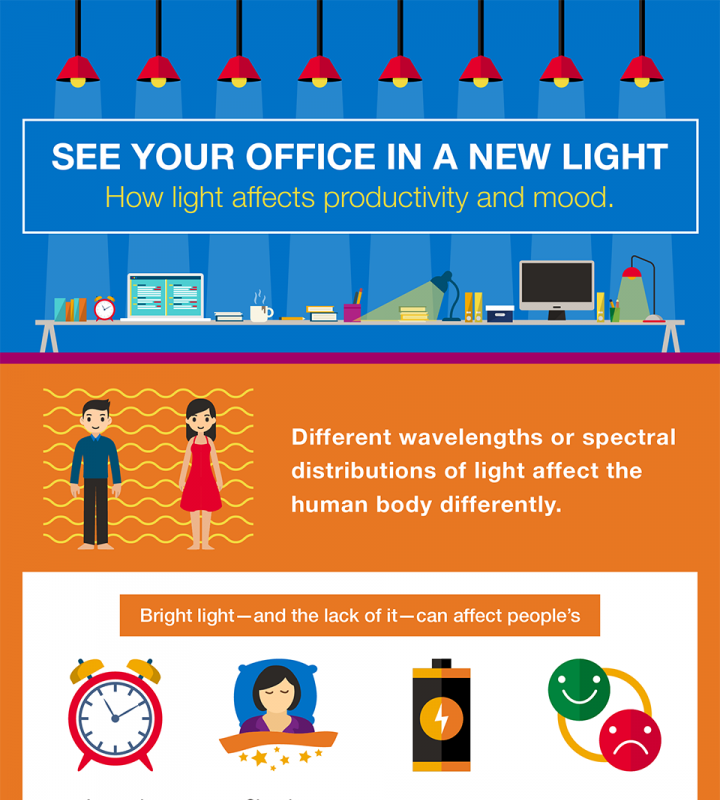Integrative Listening – Is Anyone Truly Listening Anymore?
These days, it seems that the art of communication is being lost. All too often within society, conversations have become one-sided monologues with witnesses or even worse, people gathered together in one space while all looking at their devices.
When people stop talking in the workplace, morale drops followed by productivity. If leaders fail to address these problems, they will see good employees walk out the door. Employees leave positions where they feel they are not being heard or understood either by leaders or colleagues. While the cost of employee turnover is high, leaders who do nothing about it pay an even higher price.
Society seems to have perpetuated the strange theory that just because human beings breathe, they can communicate. Yet hang around any organization for even a short period of time and you’ll recognize that this couldn’t be further from the truth. Within the entire workplace spectrum, ineffective communication skills are ever-present. Colleagues bicker about the same topic only to find that essentially they are really saying the same thing, just from a different perspective. Others complain and argue to the point where they refuse to work with each other. Even further on the spectrum, others opt to remain silent and watch the system as it slowly breaks down into a disordered state.
Today’s work environments are diverse beyond the physical attributes of age, gender, and race. We must also consider each employee’s cultural roots, generational experiences, and how their spirituality affects more than how many personal days they take but rather how their beliefs lead them to interact with others. In organizations, the ability to successfully exchange relevant information becomes even more vital. Team members who communicate in an integrative manner look each other in the eyes and speak to the heart of the matter. They have learned strategies that allow them to observe the issue from a seamless framework without any animosity. They work to truly hear the people they are interacting with instead of just waiting them out so they can respond. They come from a place of empathy, working to understand where the other person is coming from, even if they don’t agree with why the person feels or thinks that way. They watch the speaker’s body language and listen to their tone of voice. They understand that communication is more than words in isolation. They learn to respond assertively, using “I messages”, owning their contribution to the process of communicating, and helping to involve the other parties in the process as well. As people practice and employ these skills, they begin to appreciate what the other person brings to the table; relationships based on trust develop leading to more cohesive teamwork. These communication skills are critical for the successful execution of organizational missions.
In his 1996 book, The Platinum Rule, Dr. Tony Allesandra discusses what he considers to be the Platinum Rule. “Do unto others as they’d like done unto them.” Distilled down to its essence, the Platinum Rule likens itself to respect for others. Moving away from a them-versus-us mentality and shifting to a focus on “us”, it becomes a useful tool to help build rapport, develop teams, and ultimately meet the organization’s mission. He also outlines four behavioral styles; director, socializer, relater, and thinker. In order for leaders and others to utilize Alessandra’s work effectively, they must recognize what their dominant style is as well as those of the others on their teams. Once they understand the other’s styles, they can learn to flex to them. Meeting people at their point of engagement gives a better chance of being “heard” by them. Managers who model these skills and provide a trusting environment, position their teams and organizations for greater success and growth.
In my book, How Not to Act Like a BLEEP at Work, we chronicle the development of Louise Jackson, a technically successful mid-level manager who struggles to be behaviorally proficient. As a director/thinker, Louise lacks empathy and emotional intelligence. She doesn’t recognize the need to meet her people where they are, leaving her team to pick up the pieces and support each other along the journey.
Leaders are becoming further tasked to garner more and more from their team members. Through the use of integrative-based communication strategies, many needless conflicts could be avoided early on. How much would that be worth to your project, program and institution?
About the Author


 An organization’s culture – its commonly shared values and beliefs – is both highly complex and interrelated. As such, no one cultural artifact should be used in isolation to describe an organization’s culture and each artifact contributes differently to the painting of the overall culture picture. Objectively viewing the collection of cultural artifacts and identifying their individual contribution significance is critically important to developing an accurate understanding of the organization’s culture.
An organization’s culture – its commonly shared values and beliefs – is both highly complex and interrelated. As such, no one cultural artifact should be used in isolation to describe an organization’s culture and each artifact contributes differently to the painting of the overall culture picture. Objectively viewing the collection of cultural artifacts and identifying their individual contribution significance is critically important to developing an accurate understanding of the organization’s culture.
 Author, change agent and leadership trainer, Greg Wallace is CEO of The Wallace Group which consults organizations and leaders to implement change and transformation which produce results that meet the leader’s definition of success. Learn more about developing a personal model of leadership in his second book, “Transformation: the Power of Leading from Identity”.
Author, change agent and leadership trainer, Greg Wallace is CEO of The Wallace Group which consults organizations and leaders to implement change and transformation which produce results that meet the leader’s definition of success. Learn more about developing a personal model of leadership in his second book, “Transformation: the Power of Leading from Identity”.
 Eugene Feygin is a Program Manager at
Eugene Feygin is a Program Manager at